
UNIVERSIDAD AUTÓNOMA DE NUEVO LEÓN
SECRETARÍA DE SUSTENTABILIDAD
In the search for gender equality
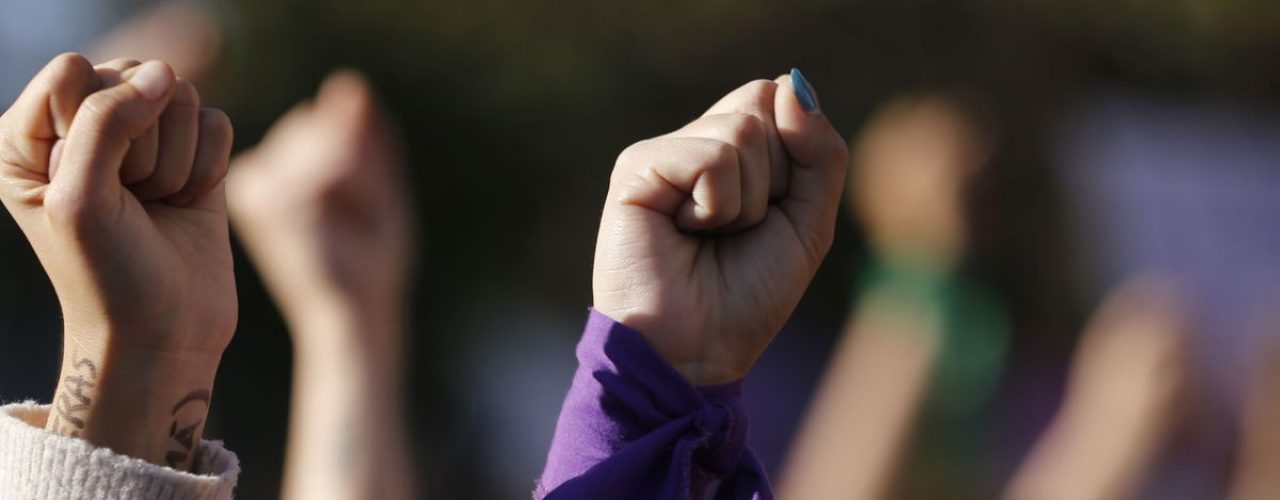
The division of labor taking into account the sex of people has for many years been the model with the greatest presence in the social structure, where women have traditionally occupied the home space, assigning them the role of caring for the children; while men have carried out activities oriented towards the provision and protection of the home, being the public spaces where they mainly operate.
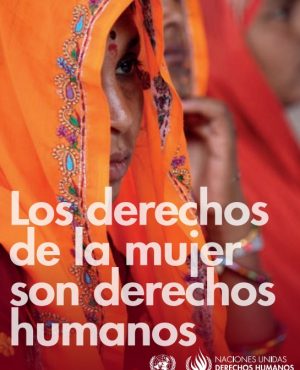
This social dynamic has prevailed for a long time, in some cases it has generated an environment of violence and discrimination by making it difficult to change roles to the point of violating the practice of certain rights. In the search for equality, in the case of women, a worldwide movement has been created that has led to the implementation of a series of actions that together trace a historical path for the fight for female participation in the social sphere. and in the defense of their individual guarantees.
For example, in 1837 Charles Fourier proposed the term feminism to describe women's freedom in a vision of the future. Later in the 19th century, suffragettes sought to obtain the right for women to vote. What happened until 1837 in New Zealand, becoming the first country to recognize the right of women to participate in democracy, while in Mexico it happened until 1955, which shows that context and culture largely determine the social roles of women. according to gender.
Some historical data shows that, during the period of the First and Second World Wars, women began to obtain “non-traditional” jobs, because men were fighting in the war, this event promoted the empowerment of women and girls.
At the end of the Second World War, the United Nations Organization was created in 1945, one of its objectives being to defend the rights of women and later, on June 21, 1946, the Commission on the Legal and Social Status of the United Nations was founded. Woman who was the first intergovernmental body to defend gender equality.
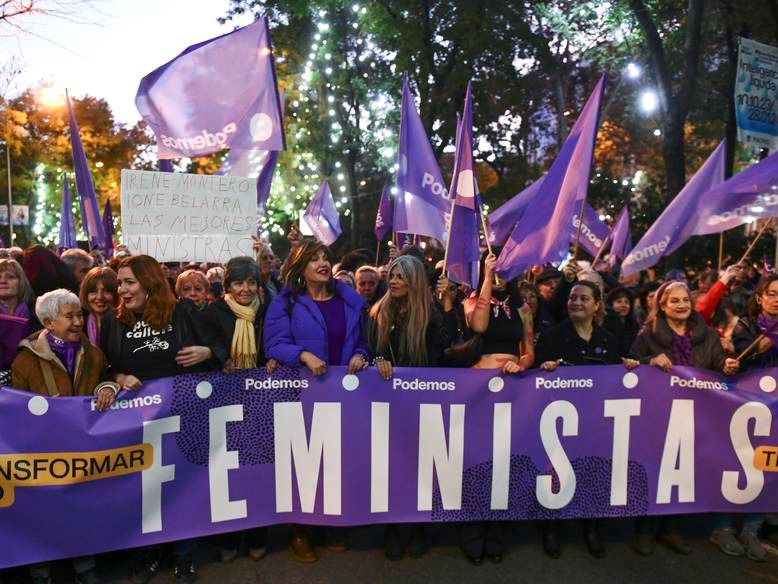
In 1981, the Committee for the Elimination of Discrimination against Women (CEDAW) was founded, which consists of protecting the human rights of women. In relation to the above, the first international instrument to address and define forms of violence against women was presented in the Declaration on the Elimination of Violence against Women in 1993.
These are some of the actions that have contributed to gender equality worldwide. Throughout history, globally recognized feminists have participated whose ideology, philosophy and actions have contributed enormously to this issue, for example:
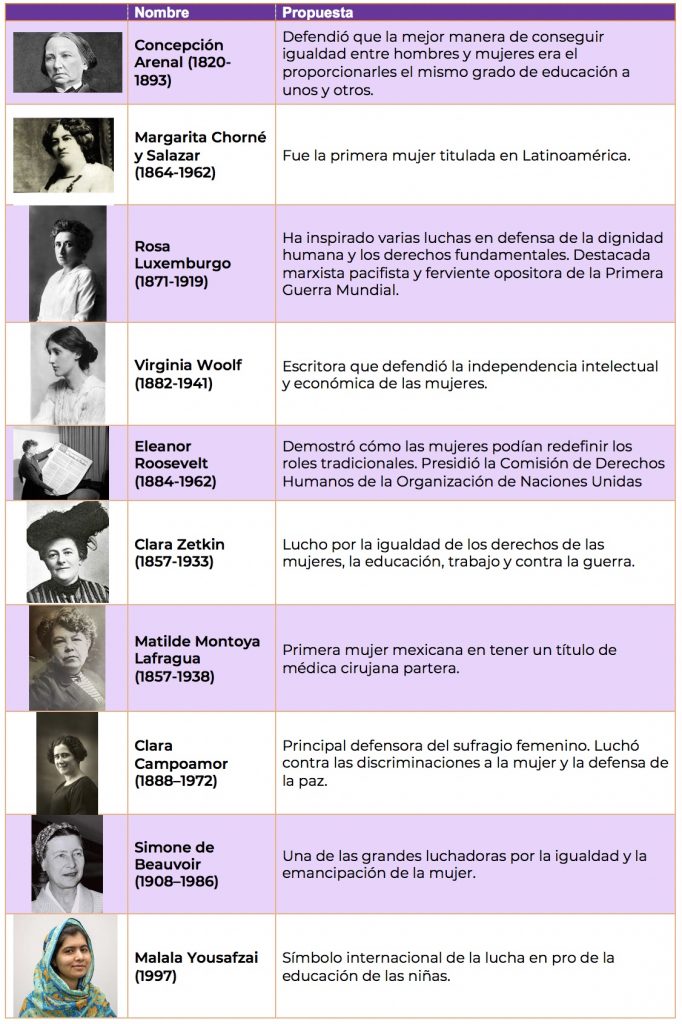
It is important to mention that both men and women have the same human rights, however, social and culturally established structures limit and hinder women from freely exercising them, which leads to the search for gender equality.
Guaranteeing rights in women's public and private lives revolves around various areas such as health, education, politics, economy, elimination of violence, security, among others. Showing various advances in each of them as well as challenges that must be overcome and require our attention to create an equal world.
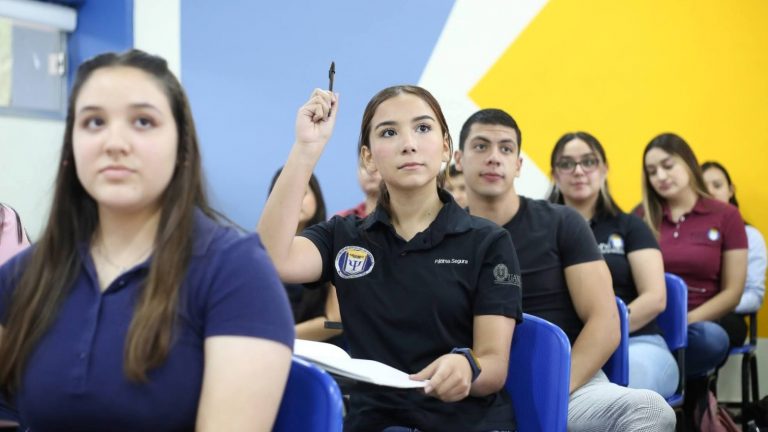
According to Ordorika (2015), the university is an educational space in which throughout its history women have fought to belong. In the case of the Autonomous University of Nuevo León (UANL), in recent years the enrollment of women enrolled in the different academic training programs that the UANL offers has been growing significantly, such that in the year 2022 the population student body was 214,871 people, of which 52% were women; In addition, of the almost 7,000 professors who currently work at the UANL, 48% (3,334) were female professors and 61% of the administrative positions and 33% of the management positions were occupied by female personnel.
Within the framework of its university social responsibility, the UANL has promoted different institutional initiatives to guarantee equity and equality between genders on university campuses, such as the following:
- Creation of the Secretariat of Equality and Inclusion
- Unit for gender equality
- Protocol for the Prevention and Care of cases of Gender Violence
- “Women in Science” Program
- Learning unit “Gender equality, sexual diversity and inclusion” in the general initial training curricular area
- Master's Degree in Gender in Public Policies at the Faculty of Philosophy and Letters, among others.
The search for gender equality is a historical process through which significant progress has been achieved; However, there are still areas of opportunity that need to be resolved. Respect for the rights that all people have regardless of their gender is one of the key aspects to achieving an equal world. Understanding the interconnection between public freedoms and ensuring their compliance for all is one way to contribute to a sustainable world.
References:
Comisión Nacional de Mejora Regulatoria. (2012). Equidad de Género y Derechos Humanos. https://www.gob.mx/conamer/acciones-y-programas/equidad-de-genero?state=published
Comisión Nacional para Prevenir y Erradicar la Violencia Contra las Mujeres. (2019). ¿Qué es el techo de cristal y qué pueden hacer las empresas para impulsar la igualdad de género? https://www.gob.mx/conavim/es/articulos/que-es-el-techo-de-cristal-y-que-pueden-hacer-las-empresas-para-impulsar-la-igualdad-de-genero?idiom=es
Gobierno de México. (2014). El 3 de julio de 1955 por primera vez la mujer mexicana emite su voto. Gobierno de México. https://www.gob.mx/epn/articulos/el-3-de-julio-de-1955-por-primera-vez-la-mujer-mexicana-emite-su-voto-7446#:~:text=El%203%20de%20julio%20de,EPN%20%7C%20Gobierno%20%7C%20gob.mx
Gobierno del Estado de México. (2019). Hablemos de Igualdad de Género. https://atlasdegenero-semujeres.edomex.gob.mx/sites/atlasdegenero-semujeres.edomex.gob.mx/files/files/Cuaderno%20Hablemos%20de%20Igualdad%202019%20v2.pdf
Instituto Nacional de las Mujeres. (2016). Los Derechos Humanos de las Mujeres. https://www.gob.mx/inmujeres/articulos/los-derechos-humanos-de-las-mujeres?idiom=es
ONU Mujeres. (Sin información). Nuevas masculinidades y su relación con la autonomía económica. https://lac.unwomen.org/sites/default/files/Field%20Office%20Americas/Imagenes/Paginas/MELTY/PILAR%204/P4%2001%20-%20Curso%20SEMPRENDE/P4%2001%20MODULO%202%20CURSO%20ONU_MUJERES_SENPRENDE%20BORRADOR.pdf
ONU Mujeres. (2024). Mujeres del mundo, ¡únanse!: El activismo de las mujeres desde las generaciones pasadas hasta el presente. ONU Mujeres. https://interactive.unwomen.org/multimedia/timeline/womenunite/es/index.html#/closing
Ordorika, Imanol. (2015). Equidad de género en la Educación Superior. Revista de la educación superior, 44(174), 7-17. http://www.scielo.org.mx/scielo.php?script=sci_arttext&pid=S0185-27602015000200001&lng=es&tlng=es.
Organización de las Naciones Unidas para la Educación, la Ciencia y la Cultura. (2023). Datos clave sobre el derecho de las niñas y las mujeres a la educación https://www.unesco.org/es/articles/datos-clave-sobre-el-derecho-de-las-ninas-y-las-mujeres-la-educacion
Comisión Nacional para Prevenir y Erradicar la Violencia Contra las Mujeres. (2016). ¿Qué es la violencia contra las mujeres y sus modalidades? https://www.gob.mx/conavim/articulos/que-es-la-violencia-contra-las-mujeres-y-sus-modalidades